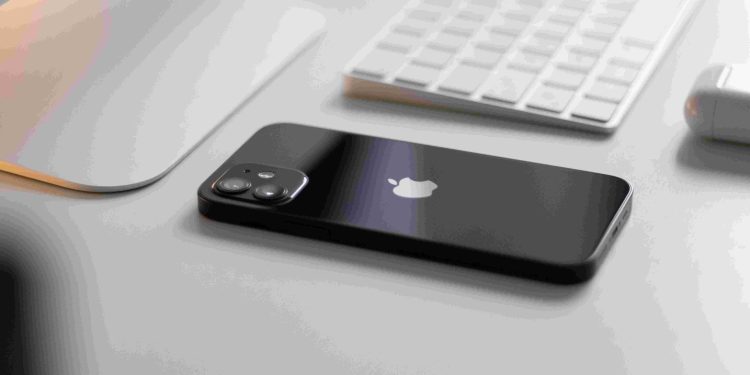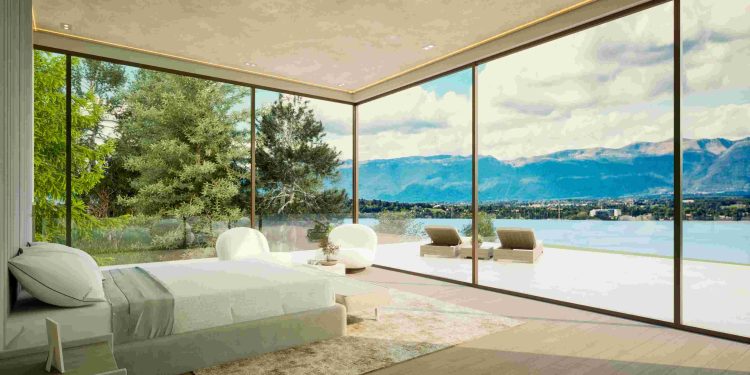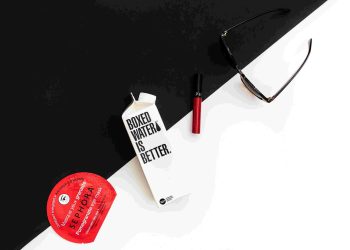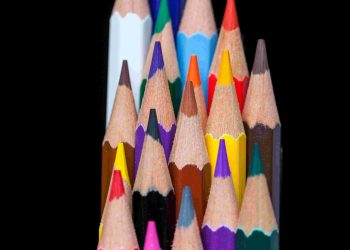Perfect Flawless Design Tips
Is perfection in design a myth, or is it achievable? The answer lies within the delicate balance between creativity and functionality, a balance that challenges traditional norms and inspires innovation.
Breaking the Mold: My Journey in Design
Years ago, I was guilty of chasing perfection. Every pixel, every shadow had to align with a preconceived ideal. But my relentless pursuit of flawlessness often led to frustration and missed deadlines. It wasn’t until I embraced the philosophy of “perfect imperfection” that my designs truly began to shine. By combining aesthetic appeal with usability, I discovered that the most effective designs are not those that adhere to every rule but those that connect emotionally with their audience.
Questioning Traditional Wisdom
In the realm of design, we’ve often been taught to stick to grids, abide by color theory, and conform to industry standards. But do these rules always serve the greater purpose? Take the concept of minimalism. While simplicity offers clarity, does it always provide depth? By challenging the status quo and exploring unconventional combinations—such as blending maximalist details with minimalist frameworks—we open new doors to creative problem-solving.
Crossing Disciplinary Boundaries
Perfect design doesn’t just come from understanding visuals—it springs from a deeper understanding of human psychology, behavioral patterns, and even philosophy. For instance, the notion of duality in Taoist philosophy—balancing chaos with order—can be applied to design, creating systems that are adaptive yet structured. Similarly, advancements in technology like AI can help us predict user needs and craft hyper-personalized experiences.
The Future of Design
The next decade will likely see a transformative shift in how we approach design. With trends such as circular design for sustainability, participatory design involving end-users, and the integration of augmented reality interfaces, designers will need an expanded skill set and mindset. Context will reign supreme—as will the ability to iterate quickly based on real-time feedback from dynamic ecosystems.
Practical Tips for Perfect Designs
-
Start with empathy:
Understand your audience’s needs, desires, and pain points. -
Define your “why”:
Clearly articulate the purpose and goals behind each project. -
Iterate:
Perfection is not achieved in one attempt. Rapid prototyping and testing are essential. -
Balance aesthetics with functionality:
Beauty in design is meaningless without usability. -
Stay adaptive:
Trends change, but the principles of good design endure—focus on timeless problem-solving.

Q&A: Common Queries About Perfect Flawless Design
- What defines a flawless design?
- A flawless design is one that meets user needs effectively while evoking an emotional connection.
- Can perfect design be subjective?
- Yes, perception of design varies across individuals and cultural contexts. The best design adapts to its intended audience.
- How can one improve their design skills?
- Focus on continual learning. Analyze successful designs, seek feedback, and remain open to interdisciplinary knowledge.
Conclusion
Perfect design is not a destination; it’s an evolving journey. By embracing empathy, challenging norms, and staying adaptable, designers can craft solutions that stand the test of time. Remember, the essence of flawless design lies not in chasing an ideal but in creating meaningful connections between form, function, and humans. Take action today—critique, learn, and design boldly.





















